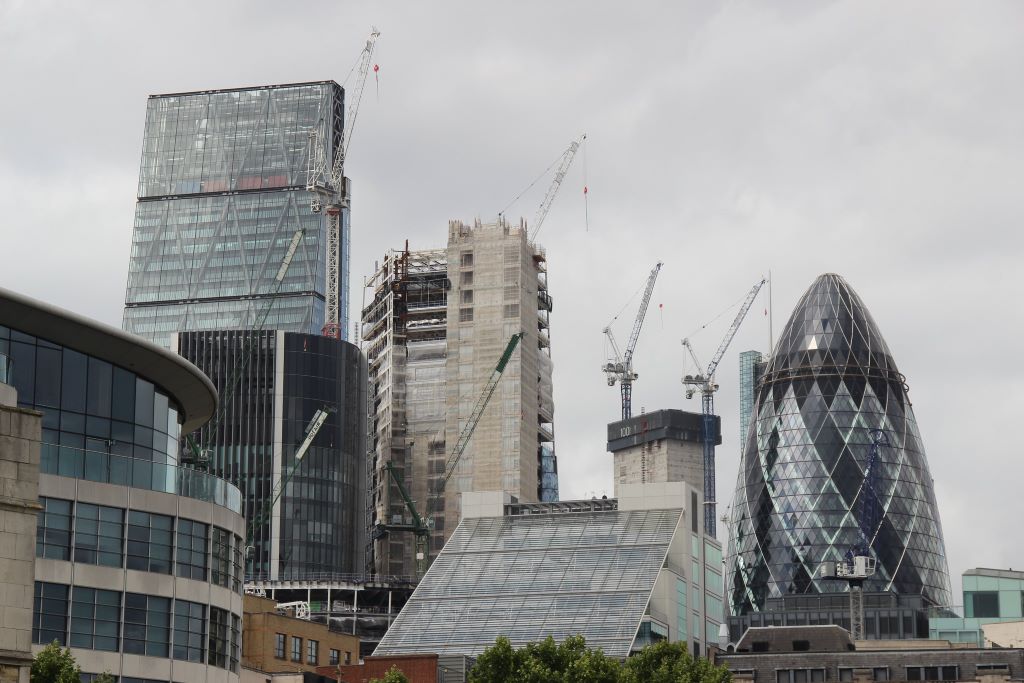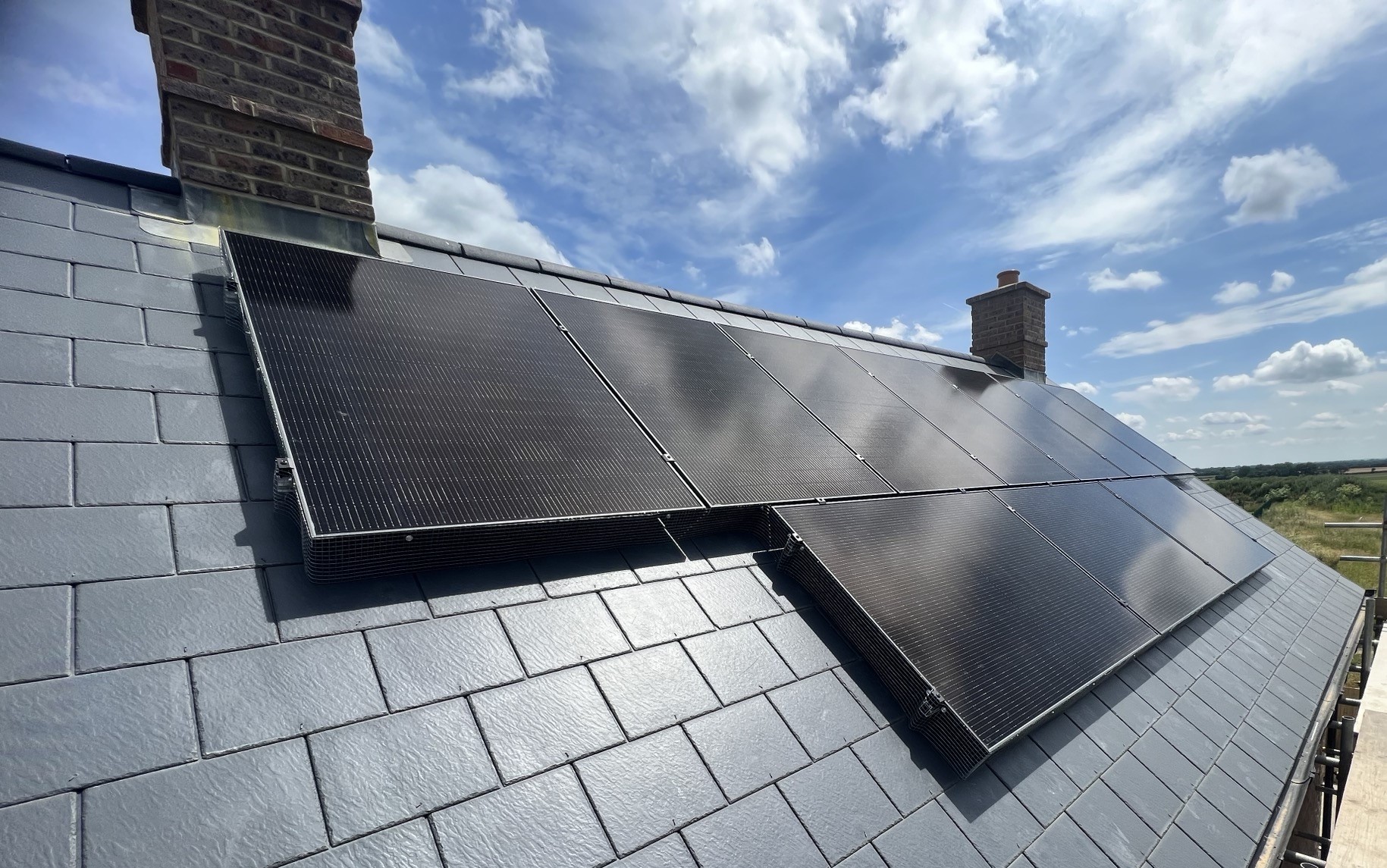The government is looking to reform planning processes with their Planning and Infrastructure Bill which should benefit the clean energy sector.
How will the Planning and Infrastructure Bill aid renewable energy?
The Planning and Infrastructure Bill aims to remove blockers and support the country in building more homes and the energy infrastructure it needs for the future. It aims to tackle some of the challenges that the energy sector faces in increasing clean energy infrastructure projects.
One of the key things that the Planning and Infrastructure Bill is proposing is to change the prioritisation of grid connections. NESO has been consulting on this, and the Bill proposes that the first ready will be the first connected so that more projects can be online at an accelerated rate.
Ofgem has highlighted that these changes are needed to achieve the government’s clean power mission by 2030. Ofgem’s Director General, Akshay Kaul said “Britain will not get a clean power grid by 2030 unless an unprecedented volume of new renewable power and storage is connected to electricity networks – that’s why we’re cutting back the red tape and replacing the out-of-date connections system.
“It will also help speed up connections for public services, including housing, hospitals and EV charging stations, as well as new industries like data centres which are key to boosting economic growth”.
The Energy Secretary, Ed Miliband believes that the UK has enough energy projects to deliver clean power by 2030 in the grid connection queue but many are delayed behind speculative schemes. By removing these delays and reordering the queue it will aid the UK in achieving their ambitions and bring forward £200 billion in private investment.
The Planning and Infrastructure Bill should also assist in unlocking long duration electricity storage (LDES) projects which can aid the storage of renewable energy to balance out the energy in the grid to times when it is most needed.
It will also address the issues for offshore wind farms requiring exemptions on their licences to connect to onshore cables and substations. They also propose to allow forestry authorities in England and Wales to develop proposals on their land for renewable energy generation and to sell the electricity.
In addition, they also are looking to streamline the EV charging infrastructure installation process so that more charging points can be set up quicker.
What does this mean for the renewable energy sector?
This is a positive step for the renewable energy sector and means that more large-scale projects will be able to advance in shorter timescales and be up and running. The improvements planned for the infrastructure and energy storage facilities mean that the grid with have greater flexibility and be able to cope with the increased volumes of renewable energy whilst meeting fluctuating energy demands more effectively.
What does it mean for homeowners?
Householders won’t feel the benefit of these changes straight away but the effect will build as the grid becomes more flexible in managing the homegrown energy from renewable sources and the UK becomes less dependent on importing energy. As the UK produces more of its energy from clean sources, energy prices for electricity should be more controllable and less volatile to external factors, so householders should benefit from stable and cheaper electricity.





